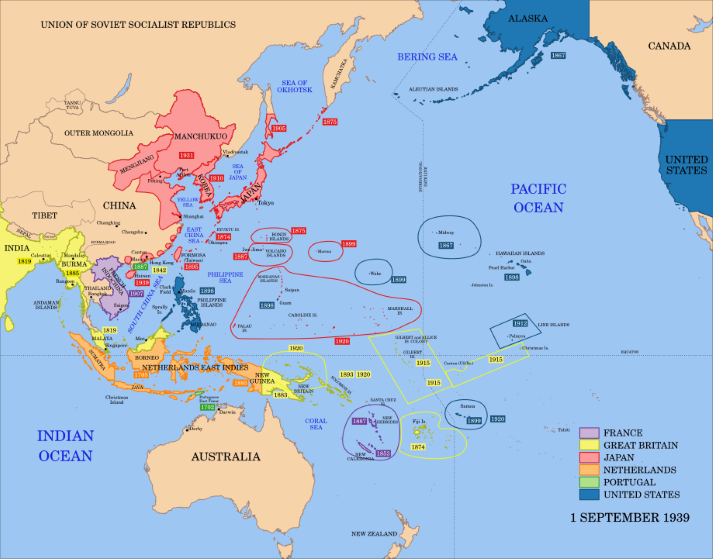Contributor: Suzanne Riordan. Lesson ID: 14027
An American president gave a memorable speech the day after a national tragedy, preparing the nation to enter a war. Practice reading and understanding a piece of literary nonfiction.

In this lesson, you'll read a famous speech, which could be called a piece of literary nonfiction.
Literary nonfiction dresses up fiction with elements of nonfiction.
Literary nonfiction includes the following.
Some examples of literary nonfiction are listed below.
In this lesson, you'll read and analyze a famous speech. First, get some background on the speech.
Before the Japanese attacked Pearl Harbor, Americans were divided on entering World War II. The U.S. government had put an embargo on Japan, trying to prevent them from expanding their empire in Asia.
Check out the map below to see how far Japan had expanded from its island home (the red areas).

There were negotiations between the U.S. and Japan, but they weren't going well.
The Japanese decided to take matters into their own hands and launched an attack on a U.S. Navy base. Pearl Harbor was a perfect target, with seven battleships sitting in a row in the harbor.
U.S. forces were caught off-guard because no one expected an attack, and it was a lazy Sunday morning.
Watch the following video to learn more.
In all, over 2400 Americans died in the attack, and all seven battleships were damaged or sunk.
After this devastation, there was no doubt that America would enter the war. The next day, President Franklin D. Roosevelt took to the airwaves and gave his famous speech, calling the previous day a "day that would live in infamy."
Infamy refers to something famous, not for a good reason but for a bad one.
As you watch and listen to President Roosevelt's speech, follow along with the text using President Roosevelt's Day of Infamy Speech from the Downloadable Resources in the right-hand sidebar.
Watch the following.
Move to the Got It? section now!